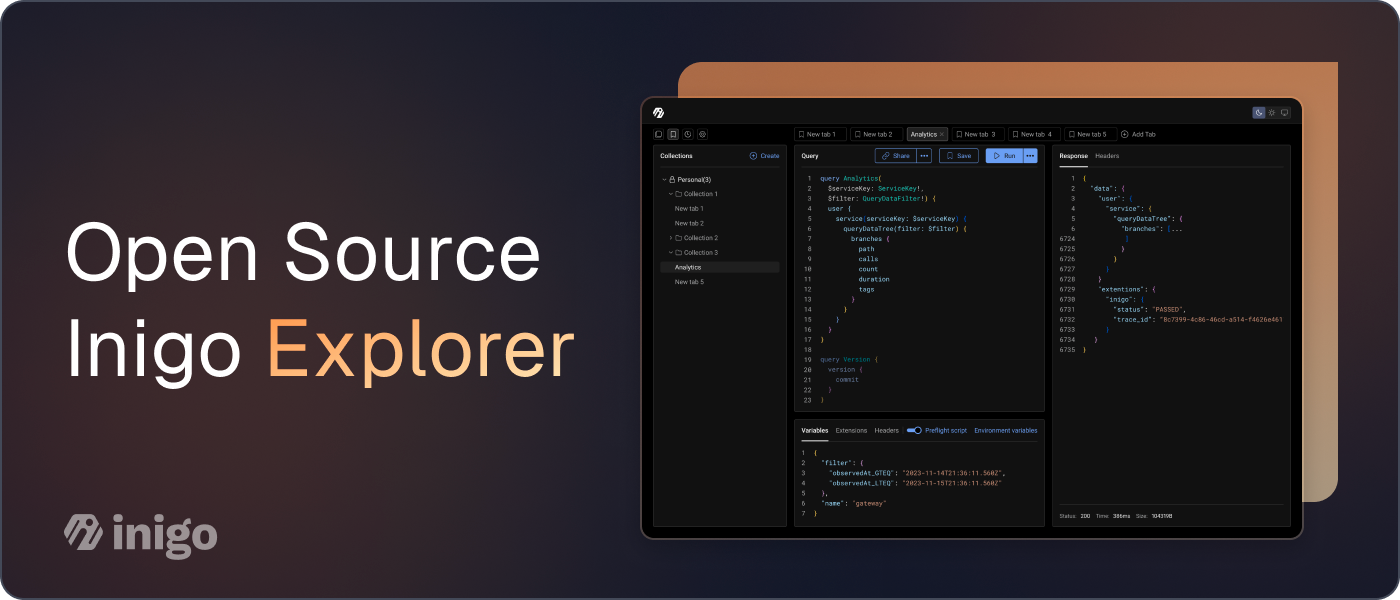Still Using Datadog For GraphQL Analytics?

As organizations embrace GraphQL over traditional REST APIs for its data management efficiency, many still rely on outdated analytics and monitoring tools. Tools like DataDog, Splunk, and other Security Information and Event Management (SIEM) systems, designed for REST-specific analytics, struggle to adapt to GraphQL's advanced query language. This reliance on legacy tools can significantly impede the full potential of GraphQL within organizations, presenting challenges in fully leveraging the benefits of this powerful query language for modern data retrieval and management needs.
Inadequate Insights into GraphQL Operations
Firstly, SIEMs and REST analytics tools fall short in deciphering the intent behind GraphQL operations. GraphQL's strength lies in its flexibility, allowing for complex, nested queries tailored to the exact needs of the client. However, traditional analytics tools are not designed to interpret these dynamic queries deeply, leading to superficial insights that barely scratch the surface of GraphQL's operational intricacies.
A Missed Opportunity in the Developer Lifecycle
Moreover, these traditional tools miss a critical opportunity to integrate analytics into the developer lifecycle, such as performing schema checks against live data. This integration is crucial for maintaining the integrity of GraphQL APIs, ensuring that changes do not disrupt existing functionalities or introduce vulnerabilities. Without this, organizations risk slower development cycles and increased potential for errors in production.
Lack of Field-Level Analytics and Audit Trails
The absence of field-level analytics and comprehensive audit trails further exemplifies the gap in traditional tools when applied to GraphQL. Understanding how each field in a query is used can provide invaluable insights into usage patterns and potential optimizations. Similarly, a detailed audit trail is essential for tracking changes and maintaining security, especially in complex systems where multiple teams may interact with the GraphQL schema.
The Challenge of Subgraph Visibility
For organizations utilizing federated GraphQL architectures, the lack of subgraph visibility compounds these challenges. Platform teams need detailed insights into each subgraph's performance and usage to facilitate informed discussions about operability, performance, and resource allocation with subgraph owners. Traditional analytics tools simply do not provide the granularity required for these crucial conversations.
Consider the alternative: NextGen GraphQL Holistic Approach with Inigo
In response to these challenges, Inigo takes an holistic approach for organizations navigating the complexities of GraphQL analytics. Inigo is specifically designed to address the shortcomings of traditional SIEMs and REST analytics tools in a GraphQL context. With features tailored to enhance visibility, improve developer workflows, and secure GraphQL APIs, Inigo empowers organizations to:
- Gain deep insights into the intent behind GraphQL operations.
- Seamlessly incorporate analytics data into the developer lifecycle.
- Access field-level analytics alongside comprehensive schema history and usage patterns.
- Maintain robust audit trails.
- Achieve unprecedented visibility into federated subgraphs.
As we move forward, it's clear that the shift toward GraphQL demands a new generation of analytics and monitoring tools. Inigo stands at the forefront of this shift, offering a solution that not only meets the unique needs of GraphQL but also enhances the operability, security, and efficiency of modern web services. Embrace the future of GraphQL analytics with Inigo, and unlock the full potential of your GraphQL APIs.


